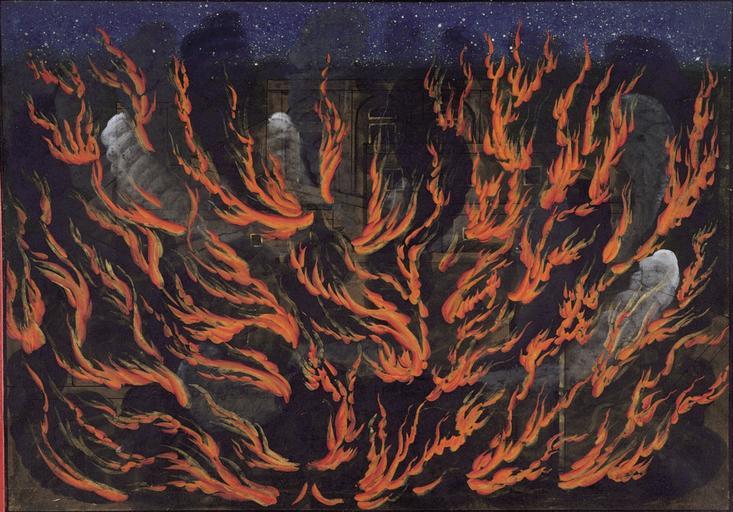MAKE A MEME
View Large Image

| View Original: | The_Palace_of_the_Pandava_Brothers_Set.jpg (1783x1246) | |||
| Download: | Original | Medium | Small | Thumb |
| Courtesy of: | commons.wikimedia.org | More Like This | ||
| Keywords: The Palace of the Pandava Brothers Set.jpg First Generation after Manaku and Nainsukh Fattu Khushala Kama Gaudhu Nikka and RanjhaActive at a number of Pahari region courts mainly in the Kangra Valley ca 1740 “1830; sons of Manaku Fattu and Khushala and Nainsukh Kama Gaudhu Nikka and Ranjha The four sons of Nainsukh and two sons of Manaku are known collectively as the first generation after Nainsukh and Manaku Building on the artistic legacy of their grandfather Pandit Seu and their fathers the six younger artists left behind an extensive oeuvre that attests to the family ™s consistent artistic vision and uniformly impressive output A relatively small court like Guler the family ™s home in Himachal Pradesh could not provide a living for so many talented artists Nainsukh left the atelier around 1740; he first worked in Jasrota then in Basohli and was ultimately joined there by his nephew Fattu and his youngest son Ranjha There were numerous small courts in the region and they offered opportunities for talented painters seeking new opportunities Surprisingly little is known about the authorship of individual series of paintings and works cannot be assigned confidently to specific artists The influence of a large-format Bhagavata Purana series produced by Manaku can be seen in a less accomplished series depicting the same subject attributed to his son Fattu The faces are more angular and the scenes are routinely placed in front of a monochrome background The atmosphere evoked in the texts is not realized nearly as clearly as it is in the works by Manaku It appears that the family style gradually shifted from the transitional Seu-Manaku phase toward the refined vocabulary of Nainsukh characterized by a gift for precise observation an absolutely assured hand and an exceptional ability to convey human emotions The Gita Govinda series of around 1775 Bhagavata Purana series of around 1780 Ramayana series of around 1780 and later additions and other works attributed to the artists of the first generation document these changes most impressively They represent the culmination of Pahari painting and thanks to their startling combination of dreamlike lyricism and realism they are among the most alluring of Indian paintings ca 1760 “65 Opaque watercolor on paper Page 11 5/8 x 16 3/8 in 29 5 x 41 6 cm Image 10 7/16 x 14 5/8 in 26 5 x 37 2 cm The Metropolitan Museum of Art Accession number SL 17 2011 38 54 Credit line Lent by the Collection of Barbara and Eberhard Fischer on loan to the Museum Rietberg Zürich http //www metmuseum org/Collections/search-the-collections/60050727 rpp 20 pg 1 ft bhagavata+purana pos 10 fullscreen Collection of Barbara and Eberhard Fischer on loan to the Museum Rietberg Zürich PD-art Original upload log This file was originally uploaded at te wikipedia as http //te wikipedia org/wiki/File MI_Rietberg58 jpg MI Rietberg58 jpg before it was transferred to Commons Upload date User Bytes Dimensions Comment 2012-02-29 10 16 05 Sridhar1000 847394 2000×1428 <small><nowiki></nowiki></small> Mahabharata Nainsukh Family Bhagavata Purana | ||||